For those of you who don’t get Netflix, the company employs a complex algorithm for predicting what movies you’re going to like. It’s based on your ratings of movies you’ve already seen, as well as self-reported assessments of your preferred genres and types of movies.
There was a big brouhaha over this recently when Netflix ran a competition that awarded a million buckeroos to the statistics nerd who could improve the accuracy of their predictions by 10%.
I’ve found that the system works fairly well, up to a point. I had enough confidence in it that earlier in the year I deleted most of the movies from my queue that had a predicted rating of less than three stars.
(Their star system is a little wonky, in that there are five stars instead of four, and the ratings jump from two stars, "didn’t like it," to three stars, "liked it," which leaves out the all-important rating of "meh.")
I personally have rated 2000 movies on their site. It’s a little weird to think that I have an articulate impression of how much I enjoyed 2000 individual movies. So you would think that with such a large sample size they would know precisely how much I would enjoy any movie.
To test this theory out, I decided to watch every movie from my 400-plus queue, that had a rating of more than four stars.
(By the Netflix rating system that would be any movie that would fall between "Liked it a lot" and "Loved it.")
I’m going to go over these movies in the order of how much I actually enjoyed them.
Encounters at the End of the World is one of the more recent documentaries by Werner Herzog. It continues thematically what he began with Grizzly Man, a condemnation of the naive sentimentalizing of nature.

Any summary, including the Netflix summary, doesn’t do this movie justice. Basically, Herzog takes a camera and follows around the scientists and researchers of Antarctica. When we see these people in PBS documentaries, they’re only talking about how amazing the penguin breeding is. What we don’t see, is that these are people living in extreme isolation, whose emotions and sanity are frayed to the point of breaking. The highpoint of the moment is when Herzog is interviewing a nebbish and taciturn researcher on the coast of Antarctica and asks him if it is possible for penguins to experience madness.
I gave this movie five stars, because it’s just that damn amazing.
I had thought that I had managed to catch everything by Peter Greenaway when I was a film nut in college. A Zed & Two Noughts had managed to get under my radar. Which makes me sad for the person I was then, but happy that the person I am now got that particular treat.
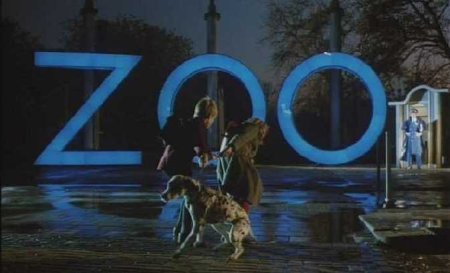
It is Greenaway’s meticulously complex followup to The Draughtsman’s Contract, a story of dualism, decay, and black and white animals. A pair of twins who work in a zoo lose their wives in a car wreck involving a swan, then promptly deal with their grief by initiating a love affair with the woman who was driving the car, doing time lapse photography of decaying animals (zebras produce an amazing pile of maggots), and watching David Attenborough narrated nature documentaries.
It’s very clinical, very scholarly, like everything Greenaway directs. For a film nut it is candy for the brain.
I had thought that Sita Sings the Blues was a Bollywood animation that taught Hindi religion to children. There’s an entire genre of those movies. In actuality it’s an American made, underground, creative commons, user-funded cartoon.

In essence it’s a series of shorts strung together to tell the story of Sita’s divorce from Rama in parallel with the director’s divorce from her husband. It’s in turns hypnotic, poignant, melancholy, and painfully dull.
The Saragossa Manuscript is another somewhat dull film. It’s a Polish production about a French officer during a Napoleonic campaign who starts to read a book about a Spanish nobleman. Then in the book, someone starts to tell someone else a story. Then in that story, someone else tells a story. At one point we were at four-degrees of narrative recursion.
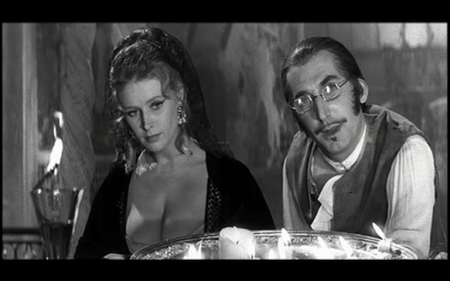
It’s beautifully shot and has a character called The Alchemist who is probably the most dapper and stylish human ever.
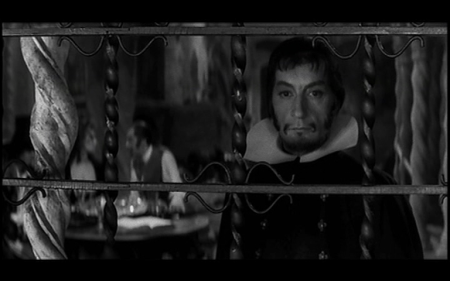
Holy Mountain is Alejandro Jodorowsky’s followup to El Topo. It’s funded by Yoko Ono and John Lenin, so that should give you an idea of the extent of the self-important hippie mysticism involved.
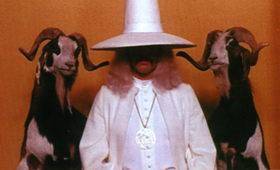
I remember The Onion described El Topo as "enshrining the moment when the revolution of the 60s counter-culture turned from correcting social ills to the selfish pursuit of personal enlightenment." That’s about the size of Holy Mountain too. But it goes so far over the top, perhaps intentionally zany, perhaps not, that it’s fun watch. I particularly liked the scene where they build a scale-model of pre-Columbian Mexico with horny toads dressed as Aztecs, and then had them invaded by bullfrogs dressed like conquistadors.
Akira Kurosawa’s Dreams is an anthology movie that Kurosawa directed just before he died. You have to admire a man who has the artistic capital to make a film summary of his great dreams.
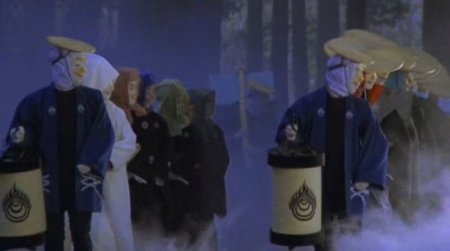
Some of the dreams are amazing, like the boy who accidentally observes the wedding procession of foxes. There’s some nice surprises sprinkled throughout, but mainly the dreams are dull and preachy.
Dragon Inn is a Maggie Cheung period-piece kung fu movie from the mid-80s.
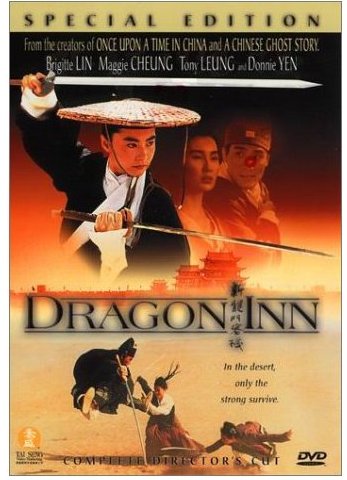
This is a fun movie, but not particularly remarkable. Essentially a filler-piece.
The Work of Director Michel Gondry marks the point where the four-plus star movies become actively irritating. Here’s an image of the video from the "Stuff White People Like" blog.
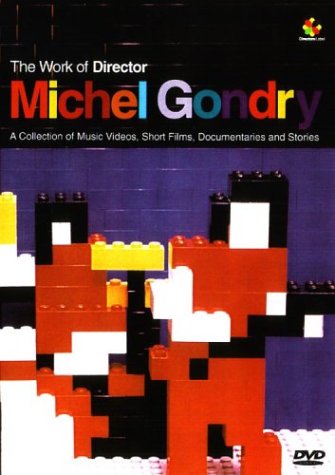
The DVD is about three hours of Gondry’s commercials and his music videos, which are also commercials. There’s a lot of clever stylistic flare, and visible evidence of the recurring theme of recursion, but honestly, it’s all a lot of saccharine crap.
I’ve found that Netflix thinks I like dorky things a lot more than I actually do. The Gamers: Dorkness Rising is a home-production of someone’s D&D campaign.
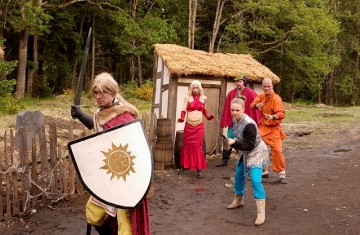
I find myself, because of my social group, in the position of someone who understands all the D&D in-jokes, but having never played D&D, I don’t particularly think they’re funny.
Serial Experiments Lain: Vol.1: Navi is another example of dorkness that I don’t like. I think because most people who actually bother to watch anime think it’s five-star wonderful, anime shows up on my queue with a much higher ranking than it really deserves.
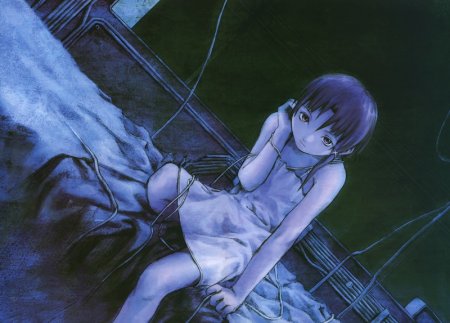
There’s these Japanese schoolgirls who have computers. God it’s dull.
So that’s pretty much the whole wad of flicks that Netflix thinks I would really like. Except for Rashomon, which is supposed to be really good, but I just can’t bring myself to commit to watch that much movie.
But before I finish, I would like to offer up a counter-example, a movie that Netflix gave a mere two stars, but which I ended up giving a full five: Oranges: Revenge of the Eggplant.

This is a feature-length "live-action animation" by the guy who did that Phantom Menace youtube review that everyone has been telling you to watch. Oranges uses puppetry, with fruit, to tell the story of a vengeful eggplant. This is one of the most violent films ever made, with fruit getting shot, blown up, burned, electrocuted, and anthraxed. And honestly, that’s a certain shade of awesome.